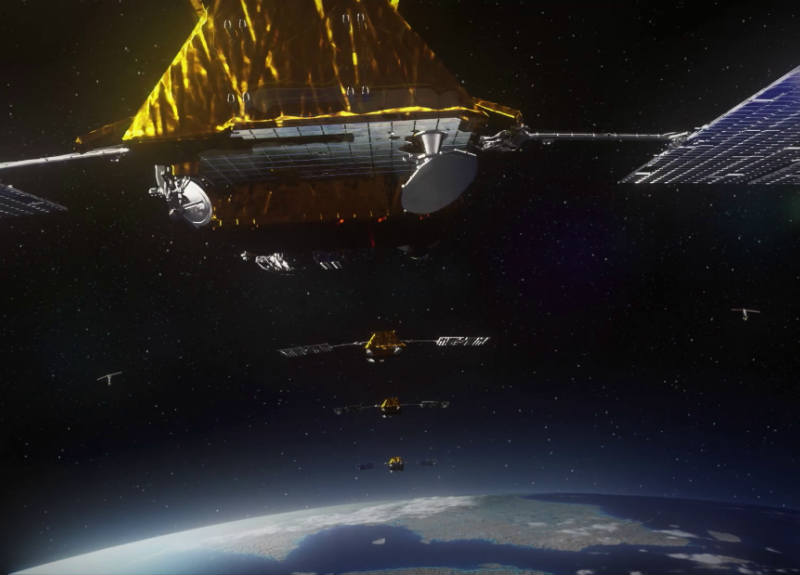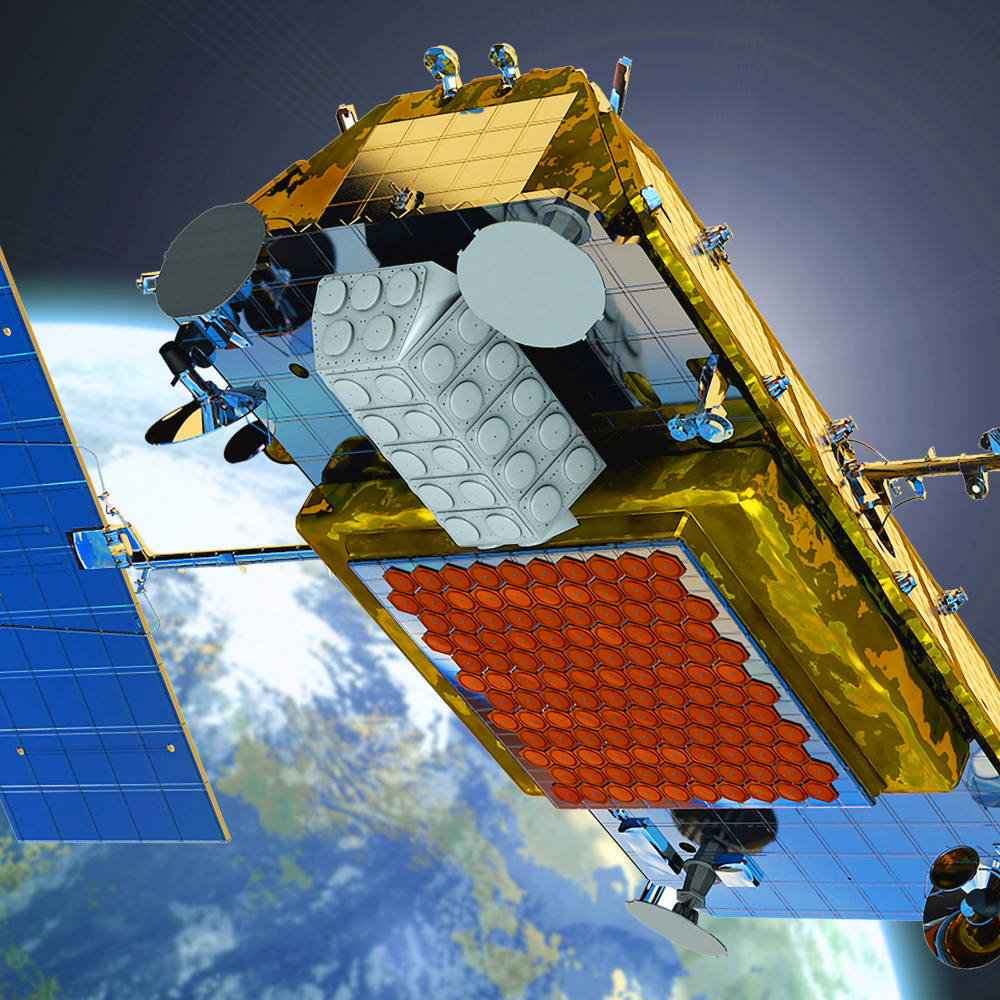The live map presented at iridiumwhere.com has been created out of curiosity and interest in Iridium satellites and their locations. When using satellite phones or other such devices, it can be useful to know where satellites are located to avoid ground obstacles.
About
Why Iridium Satellites are cool


Garmin inReach
I own an inReach handheld device that can send SMS, emails, locations and SOS via the Iridium constellation.
It is very useful where there is no cellular reception, for example at sea, in flight, in the mountain or the desert.

The Iridium Constellation
It is composed of 66 operational satellites (11 sats x 6 polar orbital planes), 9 spares and 6 on-ground spares.
Operational satellites fly at 780km altitude, giving them an orbital period of 100.4 minutes.
Thanks to this layout, the constellation covers the entire planet at any given time, which is unique among existing communication constellations. The relatively low altitude offers a very short communication delay comparatively to geostationnary orbits at 36,000km altitude.

Spares and non-operational sats
Spares orbit at a lower altitude (750-770km) and a higher speed so they constantly change location vs. operational satellites. They can replace a faulty satellite by raising their orbit when reaching the right location.
Non-operational sats consist of older satellites being deorbited and newer satellites being put into position.

Iridium NEXT
The original Iridium constellation launched in 1997-1998. Following poor business performance and bankrupcy, new owners decided to completely replace the constellation with a new generation, Iridium NEXT.
It took eight SpaceX Falcon 9 rockets to launch the 75 satellites from 2017 to 2019. Last launch: 11 Jan 2019.
Iridium NEXT satellites will allow superior data communications with higher speeds, and will host third-party payloads such as ADB-S receivers to track airliners, and AIS ship-trackers.

Iridium flares
The original Iridium satellites produced a flare visible from the ground, reflecting the sunlight to the area of an observer at a fixed position for a few seconds.
Iridium NEXT satellites have a different shape and do not produce flares, unfortunately for satellite observers.